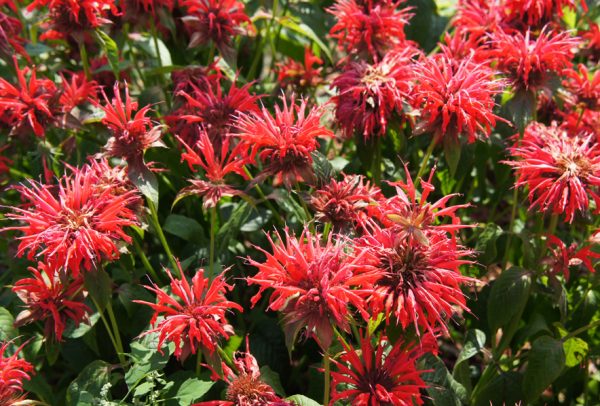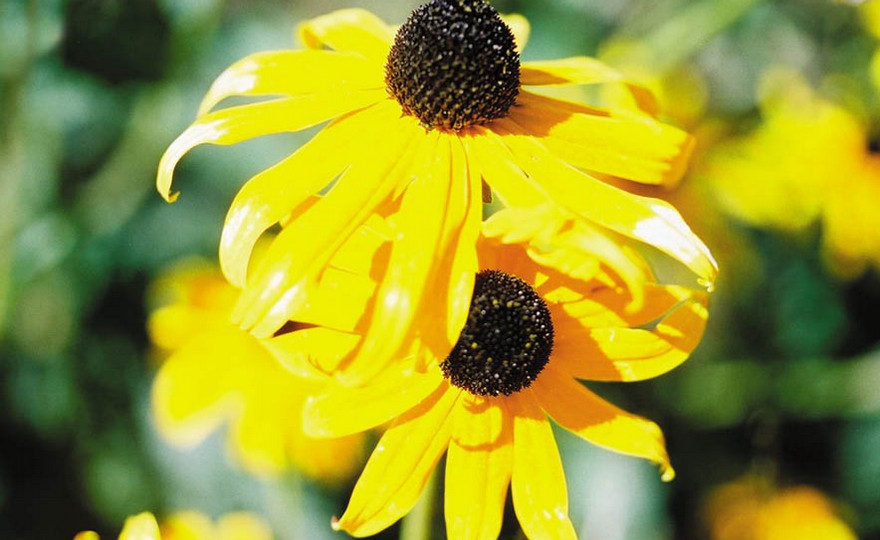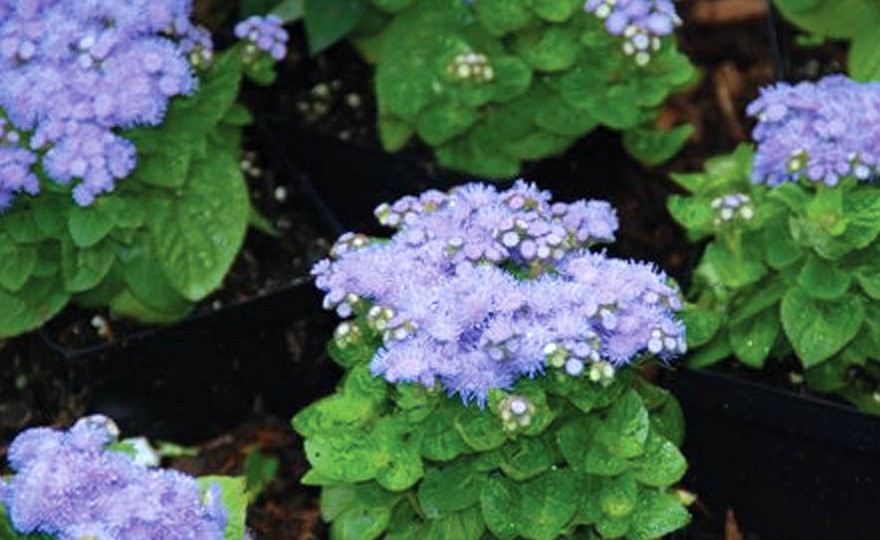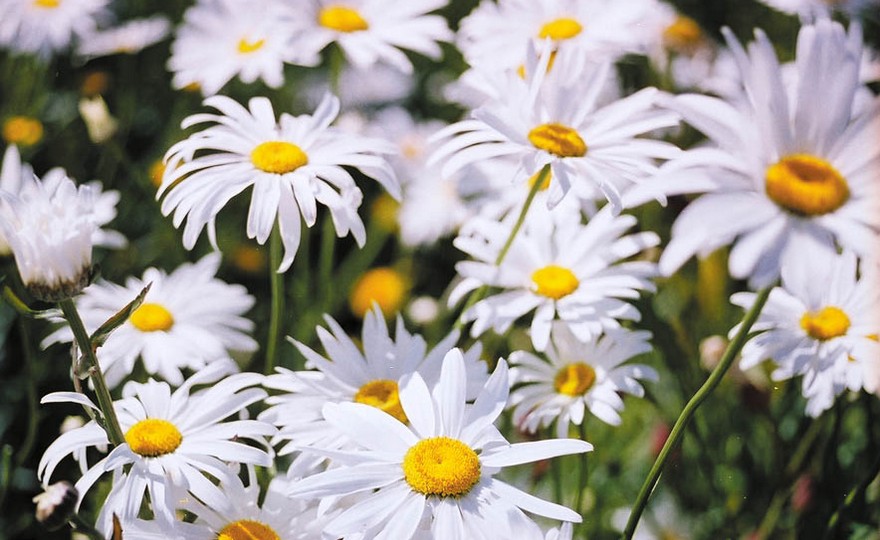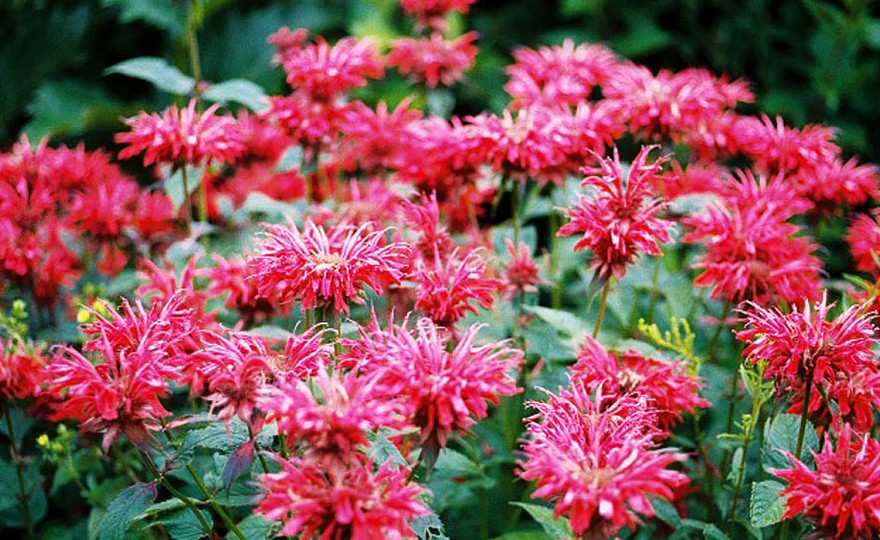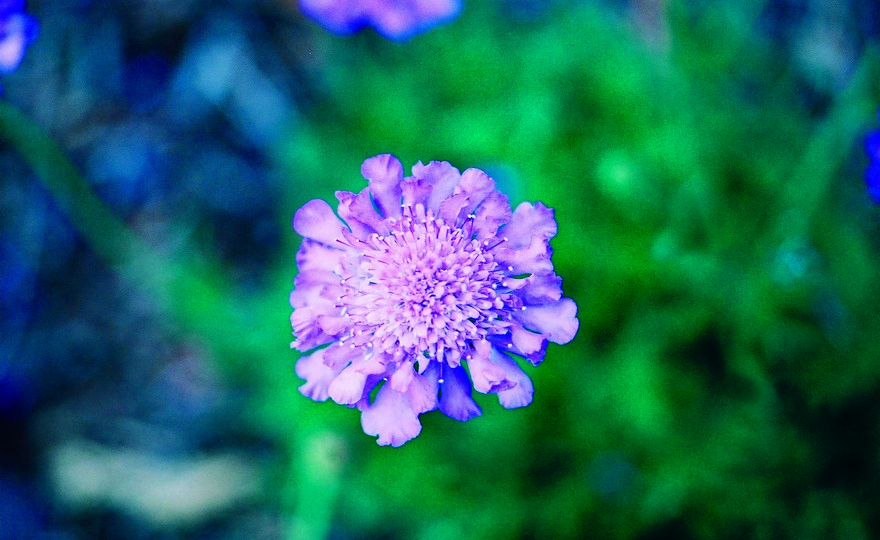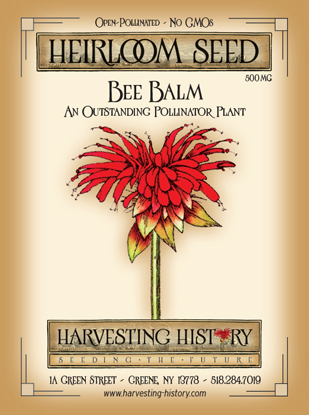
Bee Balm
-
- **SOLD OUT** HOLIDAY GIFTS **SOLD OUT**
- **SOLD OUT** Holiday Books **SOLD OUT**
- **SOLD OUT** Holiday Citrus **SOLD OUT**
- **SOLD OUT** Holiday Gift Certificates **SOLD OUT**
- **SOLD OUT** Holiday Paperwhites **SOLD OUT**
- **SOLD OUT** Holiday Praying Mantis Kits **SOLD OUT**
- **SOLD OUT** Holiday Tools **SOLD OUT**
- **SOLD OUT** Holiday Wildflower Mixtures **SOLD OUT**
- Citrus Trees
- **SOLD OUT** - Vegetable and Herb Plants - Mix & Match any 6 Plants for $50 - Only Shipped in Quantities of 6
- Elephant Ear Plants & Roots
- **SOLD OUT** 4-Inch Pot Herb Plants **SOLD OUT**
- Rare Plants
- **SOLD OUT** Vining Plants **SOLD OUT**
- Asian Seeds
- Beneficial Bugs
- Books
- Citrus Fertilizers
- Cold-Treated Bulbs - SEE BULBS FOR FALL PLANTING TO ORDER
- Cold-Treated Allium
- Cold-Treated Chionodoxa
- Cold-Treated Crocus
- Cold-Treated Hyacinthoides
- Cold-Treated Hyacinthus Orientalis
- Cold-Treated Narcissus
- Cold-Treated Cyclamineus Narcissus
- Cold-Treated Double Heirloom Narcissus
- Cold-Treated Jonquilla Narcissus
- Cold-Treated Large Cupped Narcissus
- Cold-Treated Poeticus Narcissus
- Cold-Treated Small Cupped Narcissus
- Cold-Treated Species Miniature Narcissus
- Cold-Treated Split Cupped Narcissus
- Cold-Treated Tazetta Narcissus
- Cold-Treated Triandus Narcissus
- Cold-Treated Trumpet Daffodils
- Cold-Treated Ornithogalum
- Cold-Treated Rock Garden Iris
- Cold-Treated Scilla
- Cold-Treated Tulips
- Cold-Treated Emperor Tulips
- Cold-Treated Fringed Tulips
- Cold-Treated Green or Viridiflora Tulips
- Cold-Treated Lily Flowering Tulips
- Cold-Treated Parrot Tulips
- Cold-Treated Peony Flowering Tulips
- Cold-Treated Single Early Tulips
- Cold-Treated Single Late Tulips
- Cold-Treated Species Tulips
- Cold-Treated Triumph Tulips
- Flower Bulbs, Corms and Tubers
- Bulbs for Spring Planting
- Bulbs for Fall Planting - ALL BULBS AVAILABLE ARE COLD TREATED FOR PLANTING AS SOON AS SOIL CAN BE WORKED
- Fall Blooming Bulbs
- Garden Tools & Equipment
- Gift Certificates
- HHH Exclusive Wildflower Mixtures
- Wildflower Mixtures
- Heirloom Garlic
- Potatoes
- Roots & Sets
- Seeds
- Flowers
- Herbs
- Vegetables
- **SOLD OUT** HOLIDAY GIFTS **SOLD OUT**
-
- No products to compare
-
75 in stock
Quick Overview
Bee Balm
Monarda started from seed does not bloom the first year unless the seed is planted the prior autumn. Monarda needs a compost rich soil and does best in full sun except in Zones 7-8 where it can tolerate partial shade. It is hardy from Zone 4-Zone 8. The plants will grow to 30 inches. It is best to plant Monarda in the fall, but if planting in the spring, set the seeds once all danger of frost has passed. In the fall, leave the seed to germinate in the spring. If seeding in the spring, moisten the soil and keep it slightly moist until germination. Once the plants have been established for 2-3 years, they can be dug up in the fall and separated.
| Type | Spacing | Planting Depth | Days to Germination | Blossoms |
| Perennial | 3-4 ft. | 2 in. | 14-21 | 120-150 |

Bee Balm
Bee Balm and Wild Bergamot are part of the Monarda family of plants. The Monardas are native, North American prairie flowers that have been a part of the Native American medicinal and culinary cultures since mankind began inhabiting the North American continent. The name, Monarda, comes from the name of the Spanish botanist, Nicolas Monardes, who described many of the qualities of American medicinal plants in a book he wrote in 1571. The Monardas are members of the mint family. The common name, Bee Balm, refers to the plant’s unusual attraction for bees, and the name, bergamot, refers to that plant’s citrusy fragrance which is very much like the scent of bergamot oranges. Monarda fistulosa (Wild Bergamot) was introduced into Britain in 1637 by John Tradescant the younger, but soon perished. In 1744, John Bartram sent seeds of the plant Monarda dydyma (Bee Balm) to Peter Collinson in Britain and plants from these seeds flourished. Monarda dydyma was used by the Native Americans to make the well known Oswego tea. In addition to attracting bees, this plant is also very attractive to hummingbirds and butterflies. Monarda fistulosa produces lavender flowers. The original Monarda dydyma produces scarlet flowers, but many beautiful hybrids of the original have been developed, and these hybrids produce flowers in salmon pink, bright pink, purple, violet and white.

